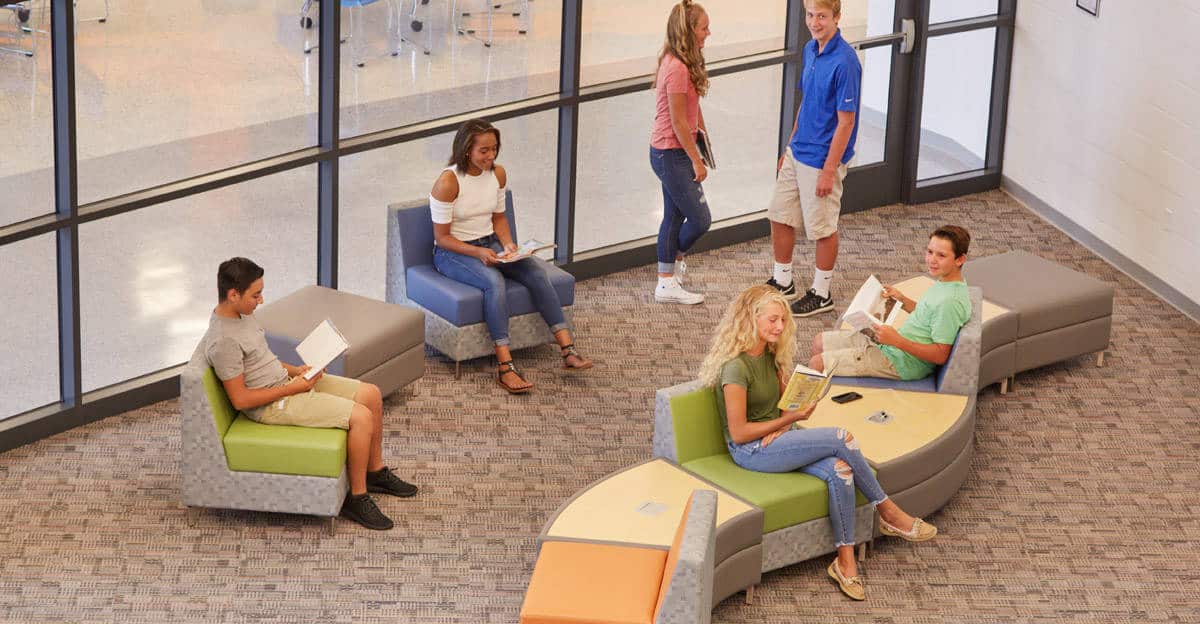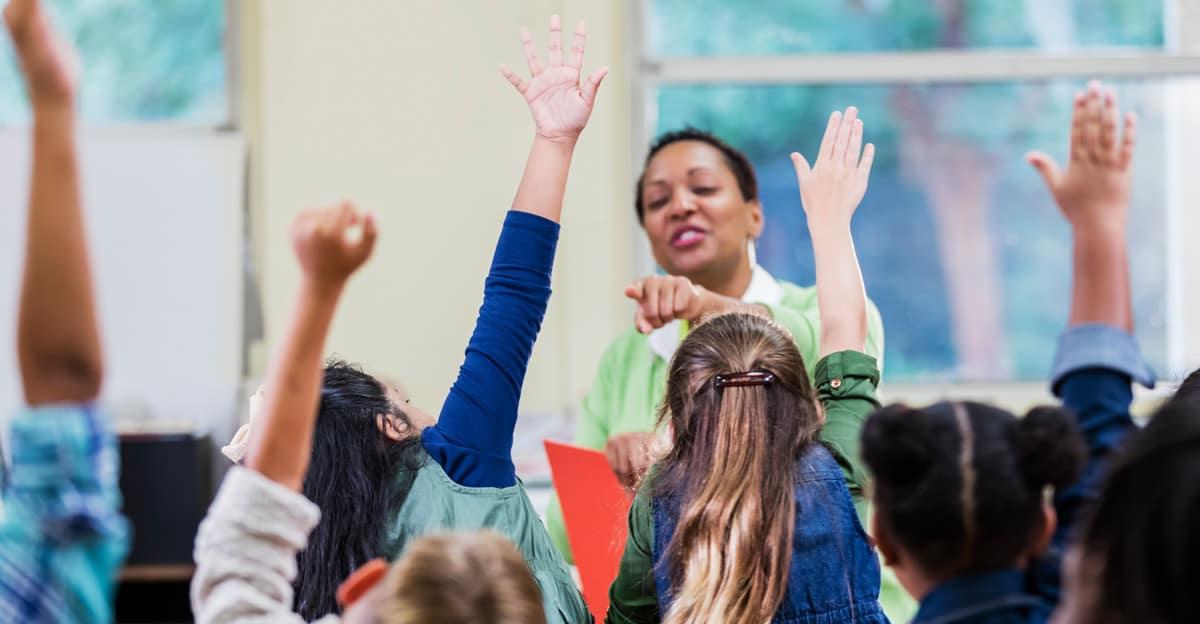As we noted in this recent blog post, giving students a choice in how they’ll learn is a powerful strategy for strengthening student engagement. In a report written for The Education Trust, authors Joan Dabrowski and Tanji Reed Marshall describe three ideas for building choice into student assignments.

Let students choose the content they’ll focus on.
Educators can give students a choice in content by presenting broad topics to everyone but allowing students to narrow their focus to a particular aspect of the topic.
“For example,” write Dabrowski and Marshall, “in a history course in which students are engaged in a study of World War II, one student might opt to delve into the Normandy invasion, while another seeks to understand how the U.S. could fight for freedom abroad while championing segregation at home. In an ELA class, students can explore the concept of identity through a range of texts chosen from a teacher’s strategically created classroom library. Texts by a wide range of authors, including authors of color, such as Jacqueline Woodson’s Brown Girl Dreaming, Gene Luen Yang’s American Born Chinese, or Cece Bell’s El Deafo, … have unique content, but the overarching theme of identity can be applied to all.”
Let students choose the process they’ll use to learn.
Choice in process acknowledges the reality that students learn in different ways. “Honoring these preferences,” Dabrowski and Marshall write, “means offering assignments in which students are given the freedom to design their course of action, sequence their steps as they go along, work alone or with peers, or manage (their own) timelines and deliverables” — with teachers providing support as needed.
Let students choose the product they’ll create to demonstrate their learning.
Choice in product allows students to determine how they’ll present what they’ve learned. Students might choose to create a PowerPoint presentation, write an essay, or create a YouTube video. If you want students to use the same medium of expression, you might give them a choice in genre: They could create a rap song, a pop song, or even an advertising jingle.
Why the learning space matters

Choice can be applied not only to the work that students do, but also where they sit, what materials they’ll use, and how they will accomplish a task. To strengthen student engagement, educators should design learning spaces in a way that gives them plenty of choices in these areas.
For instance, there should be different seating styles — such as traditional desks and chairs, stools that swivel or rock, soft seating options, and perhaps even standing desks — to give students choices in where to sit so they’ll learn most effectively.
Some students might prefer a swivel stool that allows them to move in place while they work. If students have sensory processing issues, this can help soothe them and allow them to focus. Other students might be particularly sensitive to certain types of materials, and offering a variety of seating options with different fabrics and surface types ensures they’ll have somewhere to sit that will be comfortable for them.
Students also should be able to choose whether they want to work alone or in groups. Designing classrooms with different zones for individual and small-group seating, or using flexible furniture that can be moved around the room and quickly rearranged, allows students to switch seamlessly from individual to small-group work as needed.
Furnishing learning spaces with a variety of seating options can accommodate different student needs and preferences. Empowering students to choose their own seating gives them a say in how they learn, which makes them more engaged and invested in their education.
For information about additional student engagement strategies — including tips for integrating them into instruction, as well as how the design of a learning space plays a critical role in supporting or suppressing them — download our free guide: “Three Secrets to Stronger Student Engagement.”
Download the Free Guide





Leave a Reply